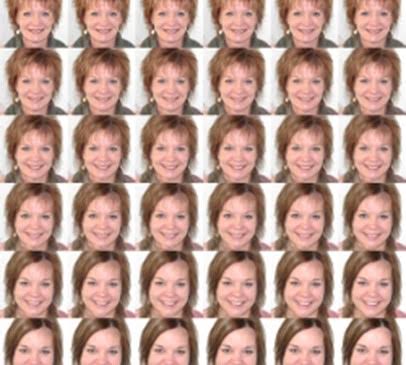The neurological disorder prosopagnosia is characterized by a lack of recognition of one’s own face as well as other people’s familiar faces. It’s frequently called “face blindness.” People who have prosopagnosia may have trouble recognizing acquaintances, family members, and even oneself just by looking at their faces. The severity of this disorder can vary, and it may be inherited or acquired as a result of head trauma or other reasons. As there is no known cure for prosopagnosia, treatment mainly consists of compensatory techniques.
Of course, the following is a more thorough explanation of prosopagnosia:
A person with prosopagnosia, often known as face blindness, has trouble recognizing faces, particularly those of familiar persons like family members and friends as well as their own reflection in a mirror.
It is important to note that this disorder has nothing to do with vision issues; rather, it is a specific deficiency in the brain’s capacity to recognize and interpret face features.
Important details concerning prosopagnosia:
- The causes are Many factors can contribute to prosopagnosia. A person may be born with it congenitally as a result of genetic causes. Alternately, it might develop as a result of head trauma, strokes, or other neurological diseases.
- Observations: persons with prosopagnosia frequently rely on non-facial signals to recognize persons, such as clothing, hairstyles, or voices. They could have trouble identifying well-known people in new settings or after they go through an appearance change.
- Social Consequences Prosopagnosia can cause social difficulties and shame because sufferers might not recognize someone they should be well acquainted with. Additionally, it may cause anxiety or social scenario avoidance.
- Diagnosis: A neuropsychologist will often conduct cognitive and perceptual tests to make the diagnosis. To ascertain if the disease is inherited or acquired, brain imaging tests may be utilized.
- Management: Prosopagnosia has no known treatment, but people can learn to live with it. This might entail utilizing compensating techniques such concentrating on non-facial cues, utilising distinguishing traits, and disclosing the condition to friends and family to seek their understanding.
- Research:** There is a continuing interest in figuring out the underlying brain mechanisms of prosopagnosia as well as potential cures or interventions to enhance facial recognition skills.

